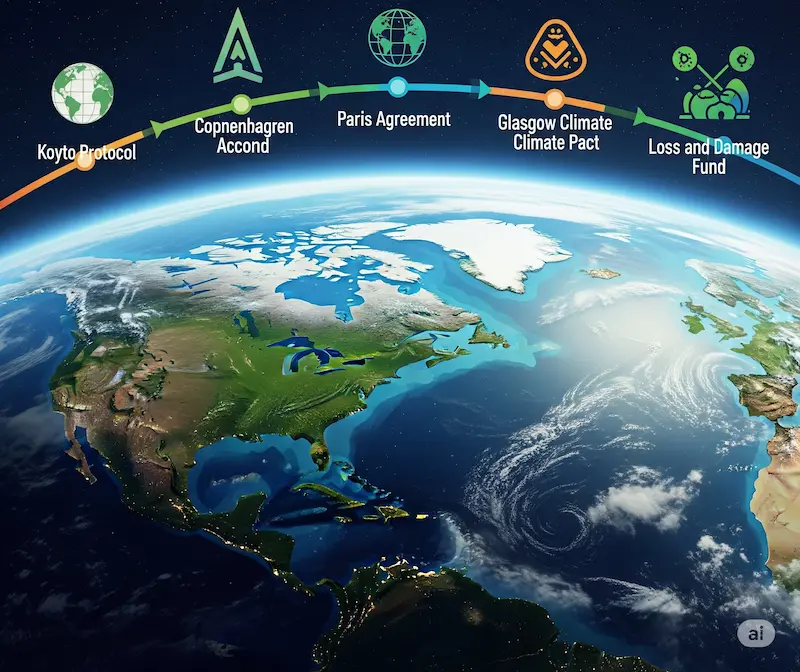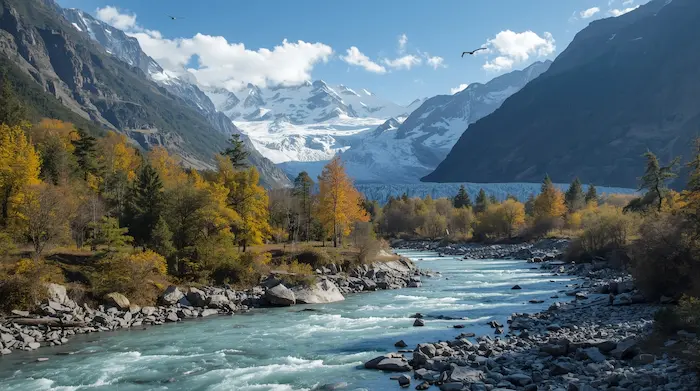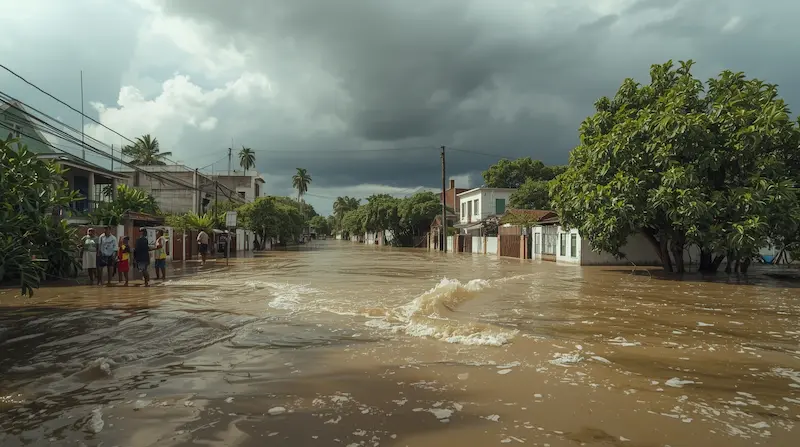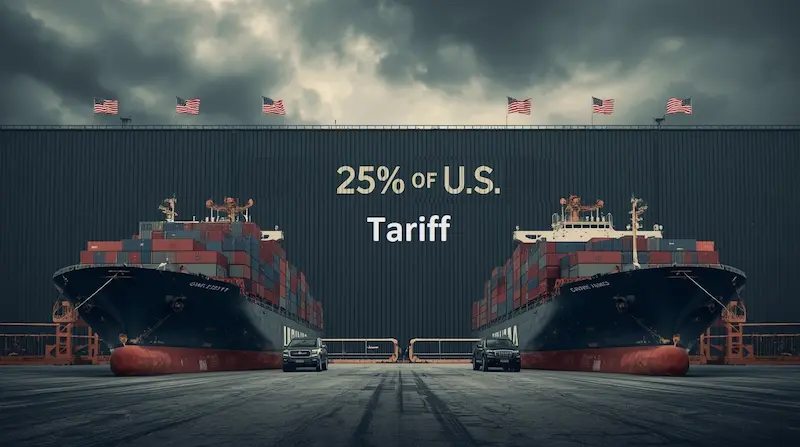🌱 Introduction
Soch ke dekhiye – अगर धरती का temperature सिर्फ 1°C भी बढ़ जाए, तो समुद्र का level बढ़ने से लेकर food production तक सब कुछ प्रभावित हो जाएगा। और यही reason है कि पिछले 25 सालों में दुनिया भर के countries एक साथ आए और कई International Climate Change Agreements sign किए।
इन agreements का मकसद simple था – Global warming ko control करना और future generations के लिए planet को safe रखना।
लेकिन ये सिर्फ paperwork नहीं हैं – इनका सीधा असर हमारी daily life, economy और policies पर पड़ता है, especially India जैसे developing देशों में।
इस article में हम बात करेंगे दुनिया के 5 सबसे बड़े जलवायु परिवर्तन समझौतों की, और समझेंगे कि ये हमारे लिए क्यों important हैं।
1️⃣ Kyoto Protocol (1997) – पहला बड़ा Climate Action Plan
Kyoto Protocol को हम “First Step towards Global Climate Responsibility” कह सकते हैं।
क्या था:
- 1997 में Japan के Kyoto city में sign हुआ।
- Developed nations ने greenhouse gases (GHGs) को कम करने का वादा किया।
- Principle of Common But Differentiated Responsibilities (CBDR) अपनाया – मतलब हर country की जिम्मेदारी है, लेकिन developed देशों की ज्यादा क्योंकि उन्होंने historical pollution ज्यादा किया।
भारत पर असर:
- India को legally emissions कम करने की obligation नहीं थी, लेकिन हमें technology transfer और financial aid का मौका मिला।
- Renewable energy projects और clean tech collaborations बढ़े।
💡 Fun fact: Kyoto Protocol को 2005 में enforce किया गया क्योंकि उस समय तक required countries ने इसे ratify नहीं किया था।
2️⃣ Copenhagen Accord (COP15, 2009) – Climate Finance का वादा
क्या था:
- COP15, Copenhagen, Denmark में हुई।
- Agreement में कहा गया कि global temperature rise को 2°C से नीचे रखना होगा।
- Developed nations ने 2020 तक हर साल $100 billion climate finance देने का वादा किया, ताकि developing nations climate change से निपट सकें।
भारत पर असर:
- India ने renewable energy में investment बढ़ाना शुरू किया, जैसे National Solar Mission।
- International climate negotiations में India का diplomatic role मजबूत हुआ।
3️⃣ Paris Agreement (COP21, 2015) – A Turning Point
Paris Agreement को “Game Changer” इसलिए कहा जाता है क्योंकि इसमें लगभग सभी देशों ने climate action plan दिया।
क्या था:
- Objective: Temperature increase को 1.5°C तक limit करना।
- हर देश ने अपने Nationally Determined Contributions (NDCs) submit किए।
- Agreement legally binding था, लेकिन targets self-decided थे।
भारत पर असर:
- India ने 2030 तक 40% electricity renewable sources से produce करने का target set किया।
- International Solar Alliance (ISA) launch किया, जिसमें 120+ countries शामिल हुए।
- Energy efficiency programs (Ujala scheme, LED distribution) को boost मिला।
📊 Data: 2015–2023 के बीच India की solar power capacity 5 GW से बढ़कर 70 GW के करीब हो गई।
4️⃣ Glasgow Climate Pact (COP26, 2021) – Net Zero की ओर
क्या था:
- Coal usage को “phase down” करने पर agreement।
- 2030 तक methane emissions को reduce करने पर जोर।
- Climate finance commitments को renew किया गया।
भारत पर असर:
- PM Narendra Modi ने घोषणा की कि India 2070 तक “Net Zero Emissions” achieve करेगा।
- Green Hydrogen Mission और Electric Vehicle push को fast-track किया गया।
5️⃣ Sharm-El-Sheikh (COP27, 2022) – Loss & Damage Fund
क्या था:
- Developing nations के लिए Loss & Damage Fund establish किया गया।
- इसका मकसद है कि climate disasters से हुए नुकसान की भरपाई financially हो सके।
भारत पर असर:
- Floods, droughts और cyclones जैसी disasters से हुई economic loss के लिए India future में इस fund का benefit ले सकेगा।
🔮 The Road Ahead – COP29 और Beyond
- Discussion चल रही है कि $100 billion climate finance target को triple किया जाए।
- Technology sharing और adaptation funds में transparency बढ़ाने पर काम होगा।
- India को अपनी renewable targets fast-track करने होंगे ताकि 2070 net-zero goal achievable हो।
📌 Key Takeaways
- Climate agreements सिर्फ environmental issue नहीं हैं – ये economic, social और political decisions को shape करते हैं।
- India का role हर agreement में proactive रहा है – चाहे Kyoto में flexibility हो या Paris में leadership।
- Loss & Damage fund जैसे steps developing countries को empower करेंगे।
- Future में climate finance और tech transfer सबसे बड़ी priorities होंगी।
📜 Summary
Kyoto से लेकर Sharm-El-Sheikh तक, हर agreement ने global climate action में एक नया milestone जोड़ा। India ने इन समझौतों में active role निभाया और अब renewable energy, green tech और sustainable policies में leadership दिखा रहा है।
अब challenge यह है कि commitments को ground reality में बदलना – ताकि आने वाली generations को एक safer, greener planet मिल सके।
❓ FAQ Section
Q1. Kyoto Protocol में India को क्या benefit मिला?
India को emission reduction की legal obligation नहीं थी, लेकिन technology और finance का access मिला।
Q2. Paris Agreement क्यों historic है?
क्योंकि इसमें सभी देशों ने अपने climate targets खुद decide करके commit किए।
Q3. Net Zero का मतलब क्या है?
मतलब जितना greenhouse gas emit होगा, उतना remove भी किया जाएगा, जिससे net emissions zero होंगे।
Q4. Loss & Damage Fund का उपयोग कैसे होगा?
Climate disasters से प्रभावित developing nations को financial support देने के लिए।
Q5. COP29 में क्या expected है?
Climate finance को $100 billion से बढ़ाकर तीन गुना करने का proposal चर्चा में है।
✅ Presented by Newsimpart Team –
Sharing trusted knowledge, news, helpful insights, and trending updates. Your trusted source…






